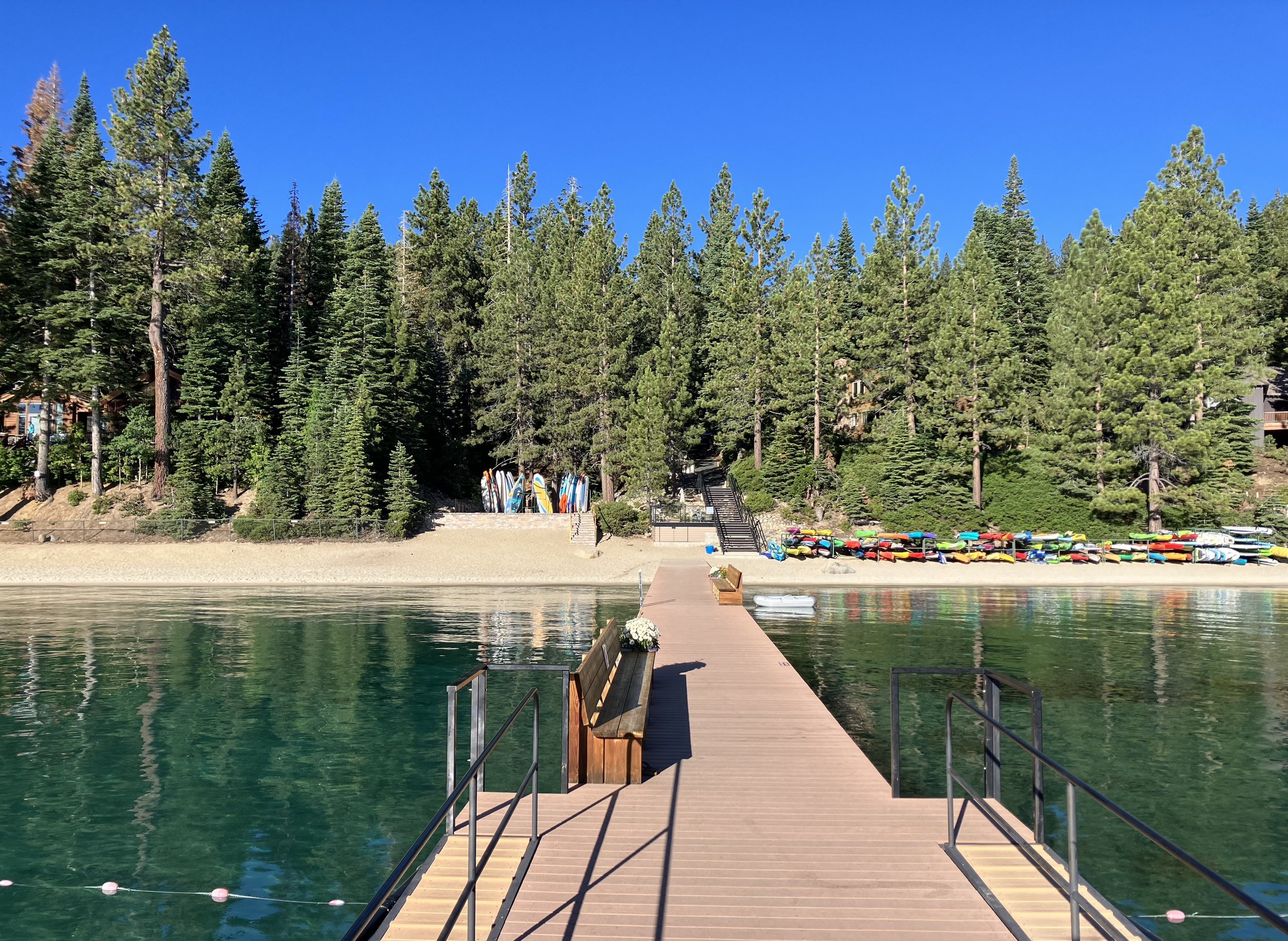
Buoy Field & Rules
Buoy Field Maps
Buoys are a valuable amenity for RTO Association members and for Cabin Renters. If you use a buoy, it is essential that you understand and comply with the buoy rules and restrictions.
Buoy Fields
RTO operates two buoy fields (north and south) under a lease with the California State Lands Commission. Under the terms of the lease, RTO is allowed only 87 buoys in the south field (12 are designated & maintained by lakeshore owners) and 26 in the north field. The HOA covers buoy costs through a separate fee structure that pays for the lease and buoy field maintenance. Buoys are allocated to applicants at random.
Under no circumstances is an individual or the association allowed to add additional buoys. Buoys are only available to Homeowners who are members of the association that are current on their annual assessments. Cabin Renters may apply for a buoy if the Homeowner they rent from is an RTO Member that is current on their annual assessments. Buoy privileges may be revoked if there is a violation of the buoy policies outlined on this page.
Rules and Restrictions
Homeowners and Renters are required to follow these important rules.
To avoid violating the terms of our State Lands Lease, do not allow others to use your buoy or sublease a buoy to anyone or otherwise facilitate the use of your buoy in any way, which includes applying for a buoy on behalf of your Cabin Renters. Violations will risk losing future buoy privileges. Cabin Renters must apply for their own buoys using the Cabin Renter Buoy Application available on the RTO website.
Buoy Season opens on Saturday of Memorial Day weekend and closes on September 30th . The RTO reserves the right to remove any boats left on buoys after September 30th and will charge the Homeowner for the cost of this removal.
Maximum overall boat length including swim platforms and all other projections:
a. South Field – 26 feet
b. North Field – 22 feet
This refers to actual boat length, which may be different than the way the boat is marketed by the manufacturers. For example, a Cobalt 252 is marketed as a 25’ boat but is actually 27’-7” with the swim platform option and is therefore too long for either Rubicon buoy field. Other examples include the Cobalt 250 (27’), Nautique G25 (27’-1.5”), and the Cobalt R7 Bowrider (27’-5”). RTO reserves the right to reject applications for boats exceeding the maximum lengths.
Maximum buoy/mooring line length: 12 feet. We suggest using a mooring line snubber to reduce wear on your boat and buoy. An internet search using “mooring snubber” will provide many options.
Boat owners must be familiar and comply with all federal, state and county regulations.
Do not leave boats unattended at the pier or wait at length for your passengers when others are trying to get to the pier. Please cooperate if the Beach Attendant asks you to move your boat.
Do not leave the dinghy on your buoy. Use the dinghy for boat retrieval only, not for recreation, exercise or to entertain your children.
Stow the dinghy oars properly (not hanging in the water) and make sure the dinghy is securely attached to the pier after you are done using it.
Do not leave recreational equipment attached to your boat while moored. This extends the area needed and makes navigating the buoy field difficult for other boats.
The RTO must have a current insurance certificate for your boat that meets all minimum requirements before a buoy will be assigned. See included checklist for requirements.
If the Boat Owner is different from the Homeowner, the RTO reserves the right to review the buoy application to ensure compliance with the State Lands Lease terms.
Homeowners must be current on their annual RTO assessments to be eligible for a buoy.
It is your responsibility to verify that your boat has been put on the proper buoy. If your boat is not on the proper buoy, we will move your boat to the proper buoy and will bill you for the cost.
Back to Main Buoy Page.